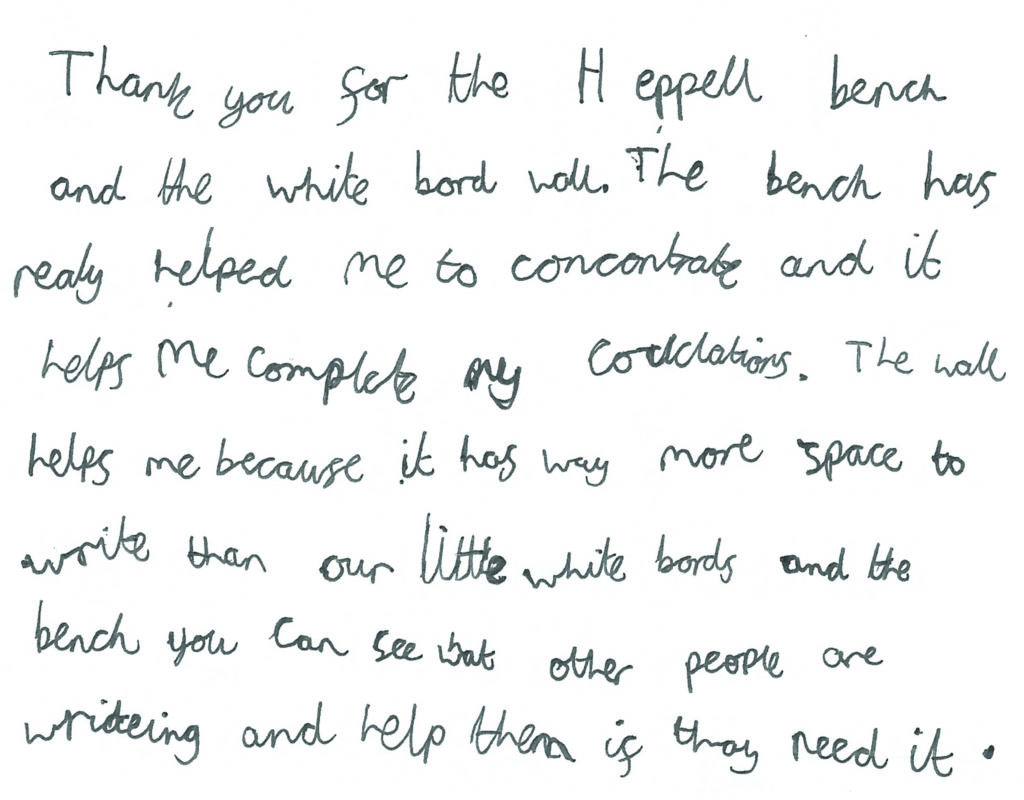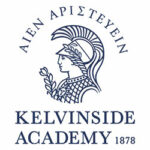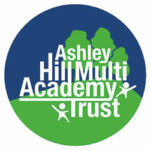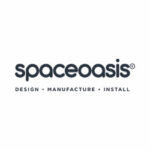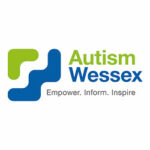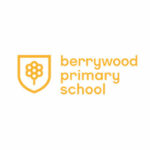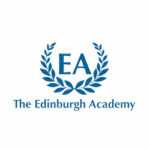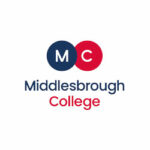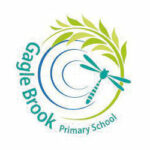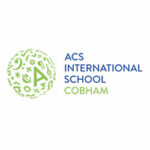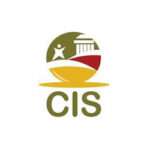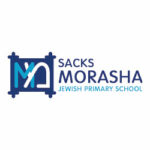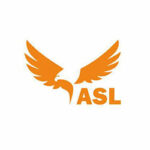The prophecy of whiteboard tables in classrooms around the world.
About ten years ago, Professor Stephen Heppell said to me: ‘Whiteboard tables, James – mark my words: whiteboard tables’. At the time, some schools were still rolling out interactive whiteboards. Professor Heppell was predicting that, as technology was liberated from fixed ICT suites, IT would become ubiquitous in classrooms and then what would matter most were giant horizontal canvasses on which students could collaborate and cogitate. Surfaces on to which they could unpack their ideas, modifying them and recording them on digital cameras. Ironically, low-tech whiteboard tables would be the key to successful hi-tech learning. Little did we know that they would end up doing much more than that.
LearningSurface the ultimate dry-wipe surface
Over the subsequent years, Spaceoasisâ, our parent company, invested time and money researching whiteboard surface materials and testing them at the Furniture Industry Research Association (FIRA) in Stevenage. LearningSurfaceâ was the result. It’s the material we now use exclusively on our whiteboard tables and other furniture with writable surfaces and remains, we believe, the only worksurface material that’s been tested to the relevant British and European standards for dry-wipe surfaces. LearningSurfaceâ is ultra-durable, super cleanable and if you look after it properly (which means cleaning it in a way that removes the ink rather than just smearing it around) it will stay looking pristine for far longer than its ‘sticky back plastic’ rivals.
Why are whiteboard tables so effective in learning environments?
The reason whiteboard tables are so relevant in schools (as well as workplaces for that matter) was explained to me best by neuroscientist, Dr Tim Holmes. He described the way whiteboard tables promote collaboration and risk-taking, allowing participants to ‘have a go’ without worrying about ‘messing up’ their exercise book if they get it ‘wrong’; in effect, they become less afraid to fail and more likely to try. What’s important is that they feel able to have a go. They can then edit or amend their thoughts individually or in groups, often with the help of their peers, before settling on a response with which they’re happy.
What do schools think about our whiteboard tables?
As part of a trial that we’re currently involved with at a school in North London, we asked for their feedback. One teacher said “pupils like them and engage well without fear of presentation or mistakes”. Another commented that they were “finding them particularly helpful with my lower ability students as it’s encouraging the more hesitant problem solvers to take risks.” An overwhelming majority of teachers at this school found our whiteboard tables to be a positive addition to the classroom.
Kingsdale Foundation School in South London specified Smile whiteboard tables in all of the classrooms in their new teaching block (you can read the case study here) and St Mary’s School, Pulborough, use them in their reception classes (you can see them here). Of course, the most important and valuable feedback comes from the students, like Jack whose letter has been reproduced below.
Which Learniture products use LearningSurface?
LearningSurface is exclusive to Learniture and Spaceoasis. We use it on our Smile, Squared and TwoSquared whiteboard classroom tables as well as on Heppell Benches, ThreeTimes table, and the roofs of Little Retreats. It’s also used on LearningWalls and LearningBoards, and we’re also planning new and exciting products too.
